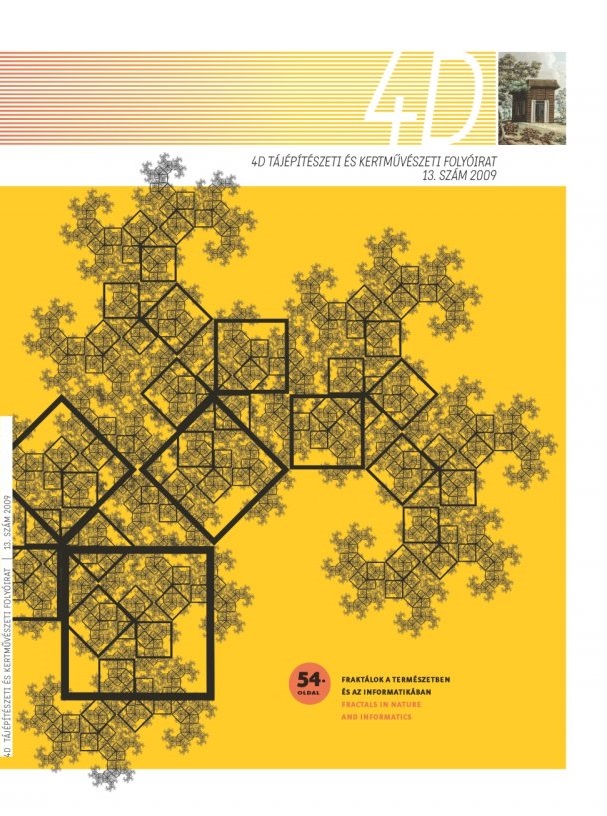Hearth of Budapest: a representative gateway
Renewal of Károly road, Astoria junction, Deák Ferenc square, Bajcsy-Zsilinszky road, József Attila street and adjoining public spaces
Keywords:
Budapest, public space planning, gatewayAbstract
As an organic part of úrban planning, Gordon Cullen calls open space design “the art of relationship”. The task thus becomes the discovery and potential reinforcement of new, hitherto hidden relationships, which increase and mark the gateway character, creating a predominantly visual urban experience, allowing the observer to map the unique environmental features of a specific place. Regarding the settlement
development of the last two centuries, it can be stated that Europe-wide the engineering disciplines dominate the field of urban planning. A significant role is given to architects, which naturally further increases with mass construction projects. Besides architectural considerations, by the turn of the 20th centuries landscape architecture emerges with such ideas as the Garden city movement (Ebenezer-Howard, Unwinn in England, the City Beautiful in the United States etc.) Somewhat later, in the first half of the 2oth century the
ubiquitous economical and reál estate aspects start to influence the complex process of urban planning.
References
Chevalier, ]. - Gheerbrant, A. (1974): Dictionnaire des Symboles, Paris, Seghers, ford. Maruszki Judit In: Ökotáj, 14-15 szám http://www.okotaj.hu/
szamok/i4-i5/szimboLhtmlj
Fiala István: Építési engedélyezési terv szakbírálata, Tárgya: Budapest Szíve városfejlesztési program - Reprezentatív kaputérség kiépítése (Károly körút - Deák tér - József Attila utca közterületi megújítása), Budapest, 2008. december
Downloads
Published
Issue
Section
License
Copyright (c) 2024 Fekete Albert, Koszorú Lajos, Zöldi Péter

This work is licensed under a Creative Commons Attribution-NonCommercial-NoDerivatives 4.0 International License.
A folyóirat Open Access (Gold). Cikkeire a Creative Commons 4.0 standard licenc alábbi típusa vonatkozik: CC-BY-NC-ND-4.0. Ennek értelmében a mű szabadon másolható, terjeszthető, bemutatható és előadható, azonban nem használható fel kereskedelmi célokra (NC), továbbá nem módosítható és nem készíthető belőle átdolgozás, származékos mű (ND). A licenc alapján a szerző vagy a jogosult által meghatározott módon fel kell tüntetni a szerző nevét és a szerzői mű címét (BY).



